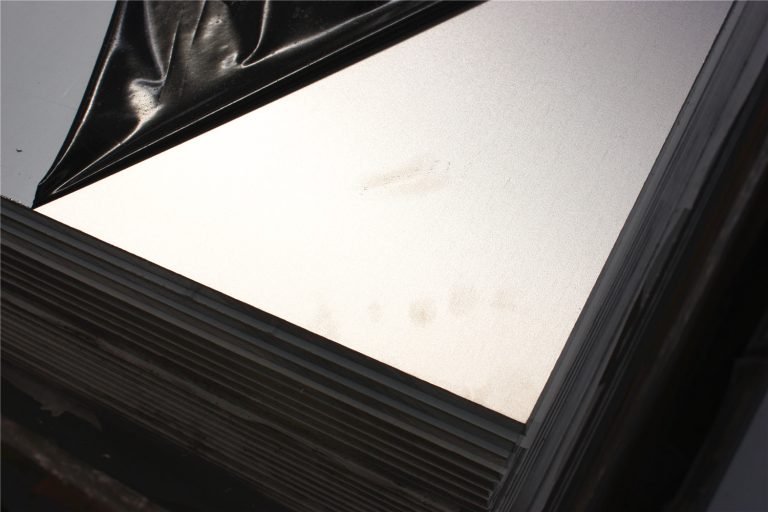What are the disadvantages of 7075 aluminum?
What are the disadvantages of 7075 aluminum?
Hot keword :2024 5052 5083 6061 7075
What are the disadvantages of 7075 aluminum?
Aluminum alloy 7075 is a high-strength, heat-treatable alloy with many advantages, but it also has some disadvantages. Here are a few drawbacks of 7075 aluminum:
- Cost: 7075 aluminum is more expensive than many other aluminum alloys due to its complex composition and the additional steps required in its processing.
- Machinability: It can be challenging to machine 7075 aluminum, particularly when it’s in its fully hardened state (T6 temper). The alloy has a tendency to chip, and tool wear can be a problem. Specialized tooling and techniques are often required for effective machining.
- Weldability: 7075 is not considered highly weldable. The alloy tends to crack during welding, making it less suitable for applications where welding is a primary joining method. Preheating and post-weld heat treatments may be necessary to mitigate these issues.
- Corrosion Resistance: While 7075 aluminum is corrosion-resistant, it’s not as corrosion-resistant as some other aluminum alloys, such as 6061. In certain environments, it may be susceptible to stress corrosion cracking.
- Limited Formability: The alloy’s limited formability can make it challenging to create complex shapes and intricate designs compared to more malleable aluminum grades like 6061 or 3003.
- Surface Finish: Achieving a smooth and attractive surface finish can be difficult with 7075, especially in its T6 temper. This can require additional finishing processes.
Despite these disadvantages, 7075 aluminum remains highly valuable in industries that require its exceptional strength-to-weight ratio, such as aerospace, military, and high-performance sports equipment. Proper design and processing techniques can help mitigate some of these issues.


